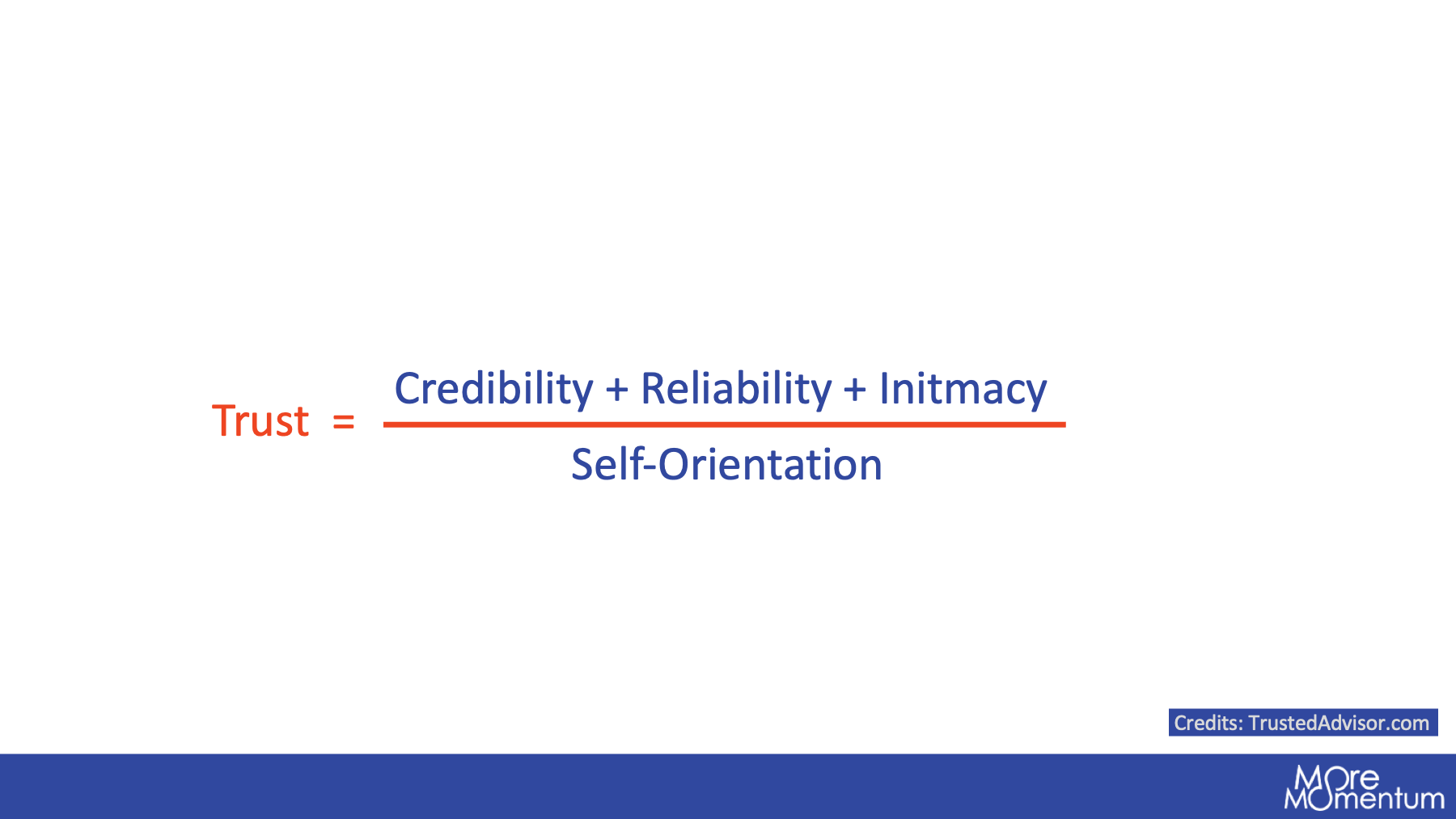Mastering the Innovation of Data-Driven Services
Mastering service innovation in data-driven solutions requires overcoming challenges like strategic alignment, balancing goals, and managing risks....
5 min read
Jan van Veen
Mar 15, 2024 2:05:18 PM

Navigating the evolution of data-driven services requires understanding key patterns and embracing innovation. Learn about the journey from concept to commodity and strategies to harness emerging opportunities, ensuring your business stays ahead in the digital landscape.
Understanding how to use data effectively is crucial in today's business environment. It's like learning the rules of a new game where data is the key to winning. However, mastering this game is challenging. Businesses face hurdles from different directions. Some are external, like keeping up with rapid technological changes. Others are internal, such as old habits and systems that resist new ways of working. There's also the challenge of aligning what we do with what customers now expect and need.
To truly thrive, businesses must adopt data-driven services and integrate them deeply into their strategy. This opens up great opportunities for better performance, more profits, and stronger customer connections.
An essential part of this journey is learning from the success stories in the digital world, such as Spotify. These stories show us common patterns of transformation that can guide us. So, the big question is, how can your business smartly use data services to lead in the market?
This isn't just about bringing in new technologies. It's about a fundamental change in how your business operates, creating innovative value that stands out to customers and the industry.
The path of data services from the first start to widespread adoption is a compelling narrative of innovation and adaptation.
It starts with a big idea - a unique concept aimed at revolutionising business operations or customer interactions. At this stage, the service is often bespoke, and tailored to fit the intricate needs of early adopters. This customisation is a double-edged sword, offering significant value and fostering strong initial partnerships, yet it's resource-intensive and complex to scale.
As the service gains traction, the push towards standardisation becomes inevitable. This phase is characterised by streamlining the service to make it more accessible, affordable, and understandable. Standardisation widens the market reach, inviting a broader audience to benefit from the service. However, this also increases competition as the entry barriers lower, stimulating a race to differentiate while maintaining the service's core value.
In the commodification phase, the service has become core in the market, widely available and competitively priced, often leading to reduced margins for providers. The challenge here lies in sustaining growth and relevance in a saturated market. Yet, within this commoditised landscape, the seeds for the next wave of innovation are sown.
While presenting challenges, the commodification of digitalised services also lays the fertile ground for identifying emerging customer needs. These needs may arise from the limitations of current offerings or new market demands. This stage is a critical stage where businesses can leverage insights gained from widespread service adoption to innovate and create the next big idea.
This cyclical evolution ensures the dynamic nature of the data services landscape, where commoditisation and innovation perpetually fuel each other. For businesses, staying ahead means being agile and continuously innovating in the services offered and understanding and predicting customer needs in an ever-evolving marketplace.
The Singularity Hub published this framework of the 6 D's of Exponential Enterprises growing during digitalisation.
Digitalisation represents the shift from physical to digital, enabling the vast collection and sharing of data. In data services, this is where everything begins, allowing for the expansive use of data in ways previously unimaginable.
The phase of Deception is marked by seemingly slow progress, where the true potential of digital advancements is often underestimated. Data services may appear to offer limited value during this time, disguising their imminent impact.
Disruption is the dramatic shift when data services upend traditional business models and practices. An example is how predictive maintenance technologies have transformed the manufacturing sector, setting new industry benchmarks.
In the Demonetization stage, the costs associated with data processing, storage, and analytics decrease significantly. This trend democratises access to data services, enabling new, innovative business models that challenge established revenue streams.
Dematerialisation sees the replacement of physical assets with digital solutions. For data services, this might mean moving from on-site servers to cloud-based storage, reducing the reliance on physical infrastructure.
The final stage, Democratisation, is where access to data and analytics tools becomes available to a broader audience. This shift allows smaller businesses and individuals to leverage data-driven insights, previously the domain of large enterprises, thereby levelling the playing field.
These stages illustrate the transformative journey of data services, showing how they evolve to disrupt markets and create new opportunities. Understanding these patterns is crucial for businesses aiming to harness the full potential of data-driven innovations.
The journey of data-driven services begins with harnessing the visible value drivers that are evident in the current market and operational landscape. This initial step is critical, as it lays the groundwork for all future developments in data services.
Identifying and capturing these known values involves understanding what customers need and value the most and then delivering on these needs efficiently and effectively. This could range from enhancing customer experiences through personalised services to improving operational efficiencies with predictive analytics.
The ability to pinpoint and exploit these visible value drivers provides immediate benefits and establishes a strong foundation for more innovative, data-driven solutions.
With a solid foundation, organisations are poised to venture into uncharted territories. This exploration is where the true potential of data-driven services unfolds, moving beyond the initial value drivers to discover and capitalise on new, previously unseen opportunities.
These opportunities often emerge from the data, revealing insights and trends that were not apparent before. For instance, the aggregation and analysis of customer data might unveil new customer segments or needs, opening the door to innovative service offerings that can drive growth and differentiation in the market. Similarly, advanced analytics can uncover inefficiencies within operations that, once addressed, can significantly enhance productivity and cost-effectiveness.
This shift from leveraging known value to exploring unknown opportunities represents a crucial transition in the evolution of data-driven services. It requires a culture of continuous learning, experimentation, and adaptability within organisations. By embracing this approach, businesses can not only stay ahead of the curve in their current markets but also pave the way for future innovations, ensuring long-term growth and sustainability in an increasingly data-centric world.
The path of integrating and evolving data-driven services is rarely straightforward. It's filled with uncertainties and unpredictable challenges. These unknowns shouldn't be seen as obstacles but as part of the journey.
Accepting and embracing this uncertainty is crucial. It encourages a flexible approach to strategy and decision-making.
Companies must stay agile, ready to pivot their strategies as new information and technologies emerge. This agility allows them to seize unexpected opportunities and navigate sudden market changes or technological advancements.
The drive towards a data-centric future requires more than just adapting to change. It calls for a vision that guides a company's initiatives and resource allocation. This vision shouldn't be solely focused on immediate financial returns. Instead, it should aim for long-term growth and innovation.
Investing in data services and technologies often requires patience. The actual value may not be immediately apparent but emerges over time through sustained effort and innovation. Companies prioritising short-term gains might miss out on groundbreaking opportunities that redefine their industry.
A visionary approach sets a clear direction, inspiring teams to explore new ideas and solutions. It ensures that every step taken and every resource allocated is a building block towards a future where the company survives and thrives in a data-driven landscape.
As we close this exploration of data-driven services, we reflect on the transformative journey from leveraging visible value to navigating the uncharted territories of digital innovation. The evolutionary path from a novel idea to a commoditised service underscores the dynamic nature of the tech-driven business landscape. The 6 D's of exponential transformation—Digitalisation, Deception, Disruption, Demonetisation, Dematerialisation, and Democratisation—provide a roadmap for understanding and capitalising on these shifts.
Embracing uncertainty and adopting a visionary approach are not mere suggestions but essential strategies for thriving in this ever-evolving domain. The agility to adapt and the foresight to look beyond immediate returns equip businesses to harness the full potential of data services.
As we venture forward, the key lies in continuous innovation and a deep commitment to understanding and meeting emerging customer needs. The journey is long and filled with challenges and opportunities, but the rewards are substantial and far-reaching for those willing to navigate this complex terrain. The future of data-driven services is a tapestry of untapped possibilities, ready to be explored by those bold enough to chart their course in this exciting frontier.
The Service Transformation Summit, held on November 13-14, 2024, was a remarkable gathering of industry pioneers and innovators exploring how data can revolutionize services. The event featured in-depth discussions on:
Attendees gained valuable insights, practical strategies, and inspiration from case studies and peer connections. The Summit highlighted the transformative potential of data-driven services to drive growth and innovation.
Stay tuned for future events and opportunities to continue the conversation!
Check out the upcoming Service Transformation Summits:
Subscribe for the our Impulse Letter
With regular updates about service news, trends and best practices.

Mastering service innovation in data-driven solutions requires overcoming challenges like strategic alignment, balancing goals, and managing risks....

Trust-building in digital services is no longer what it once was. Manufacturers require a new approach to remain competitive and maintain strong...

Navigating data-driven service transformation requires overcoming key challenges such as securing stakeholder buy-in, matching services with market...